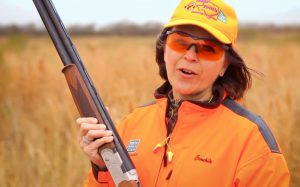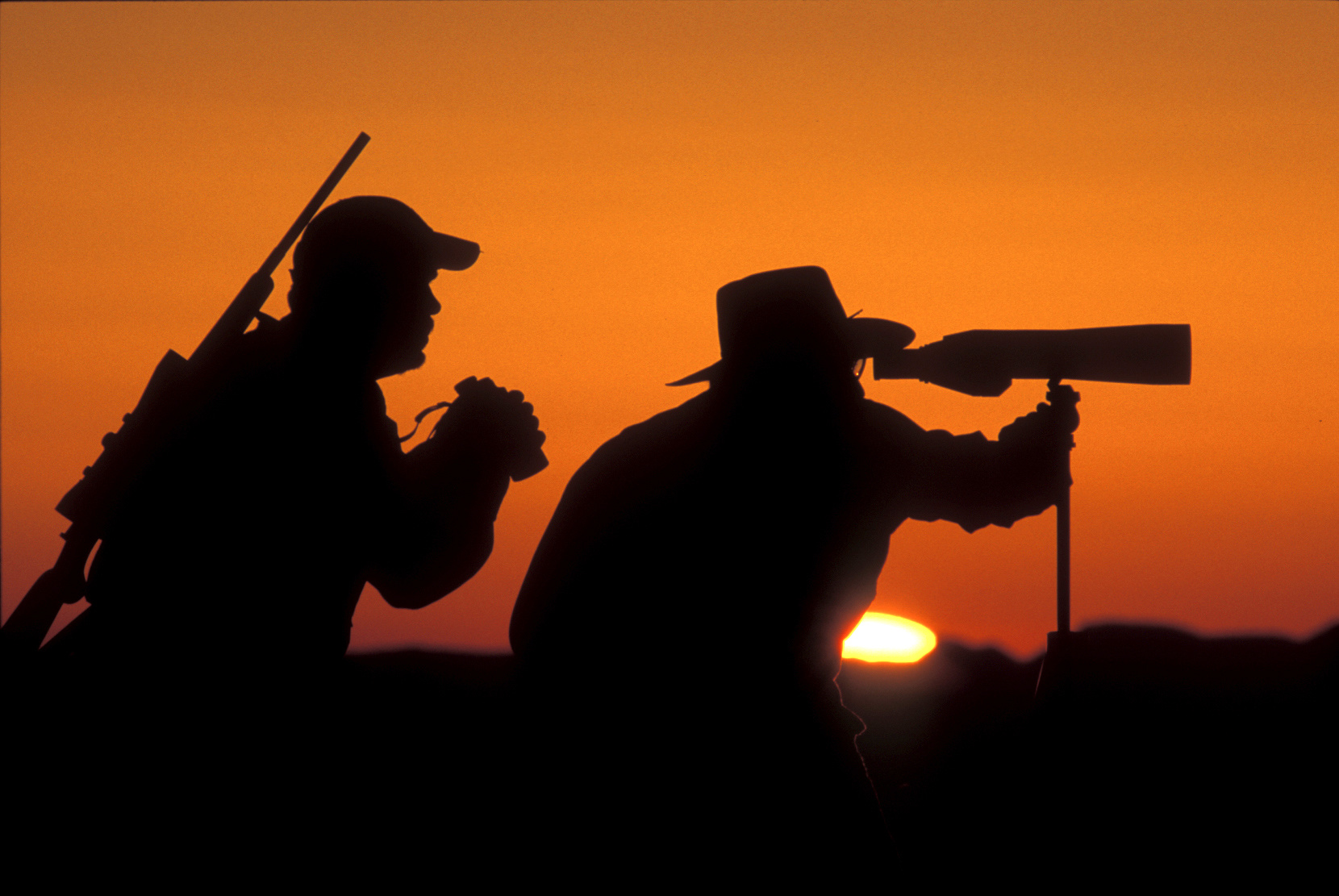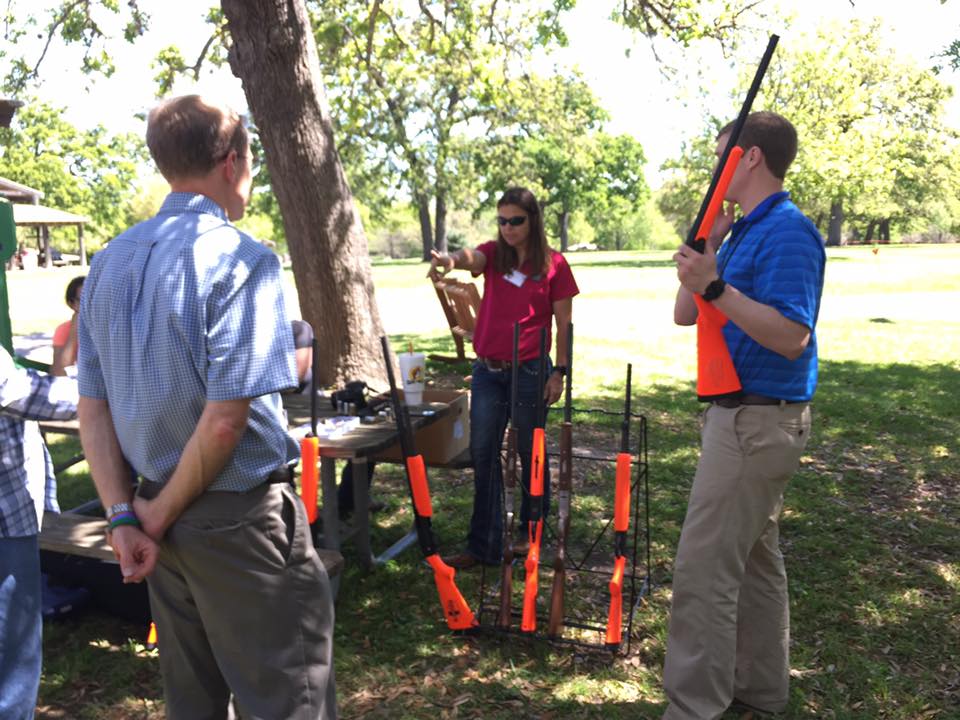Firearm Muzzle Control
Tuesday, July 30th, 2019This is Passport to Texas
Developing and reinforcing hunter safety skills must be a lifelong pursuit for every hunter. The first principle when hunting with a firearm: always point the muzzle in a safe direction.
This is basic safety.
Heidi Rao is a Hunter Education Specialist with Texas Parks and Wildlife. She says even when alone in the field, hunters must remain aware of muzzle direction.
There could be other hunters or even a building near where you’re hunting. And you never want your firearm pointed at anything other than your intended target.
Until you’re ready to shoot, keep the muzzle pointed in a safe direction with the safety on, and your finger resting outside the trigger guard.
When you are hunting with two or more hunters you need to be aware of where the other hunters are at all times. You really must talk and let the others know where you are.
The way you carry your gun matters.
You always want to carry your gun in a way that there is no way possibility for the muzzle to be pointed at any other hunter.
One of the safest ways to carry your firearm is known as the two-handed carry or the ready position. This carry also provides the most control over your firearm and it gives you a quick setup for a shot.
Find hunter education videos on the Texas Parks and Wildlife YouTube channel.
The Wildlife Restoration Program supports our show.
For Texas Parks and Wildlife…I’m Cecilia Nasti.





 Passport to Texas is a
Passport to Texas is a  Passport to Texas is made available by:
Passport to Texas is made available by: